Optimize Lawn Growth with Aeration Solutions
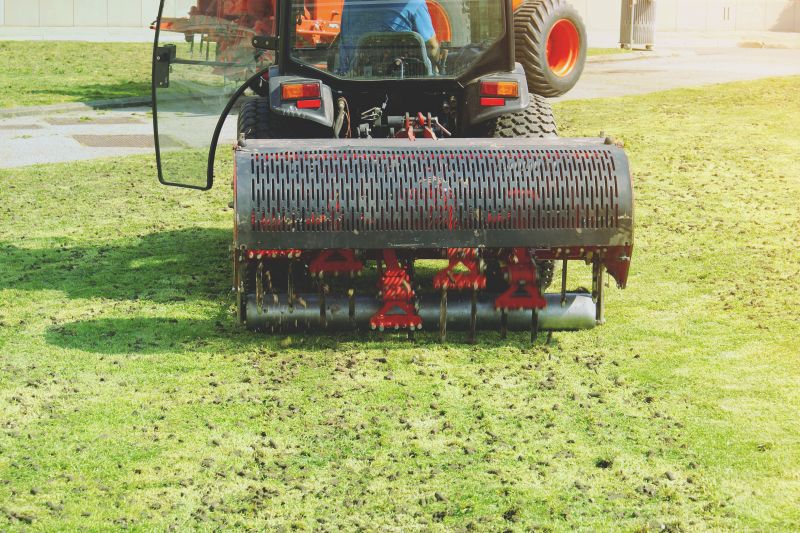
A landscaper uses specialized equipment to perforate the soil, creating small holes for better nutrient absorption.

A compacted lawn showing signs of poor drainage and thin grass coverage.
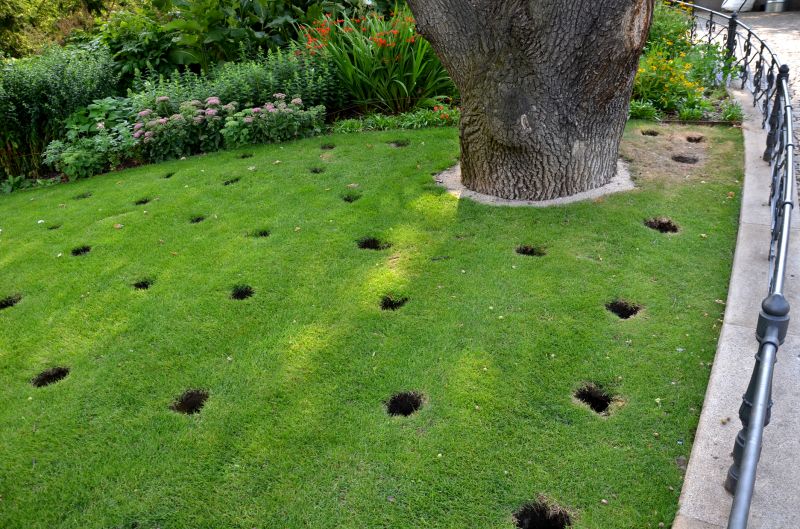
A healthier, more aerated lawn with visible holes and improved soil condition.
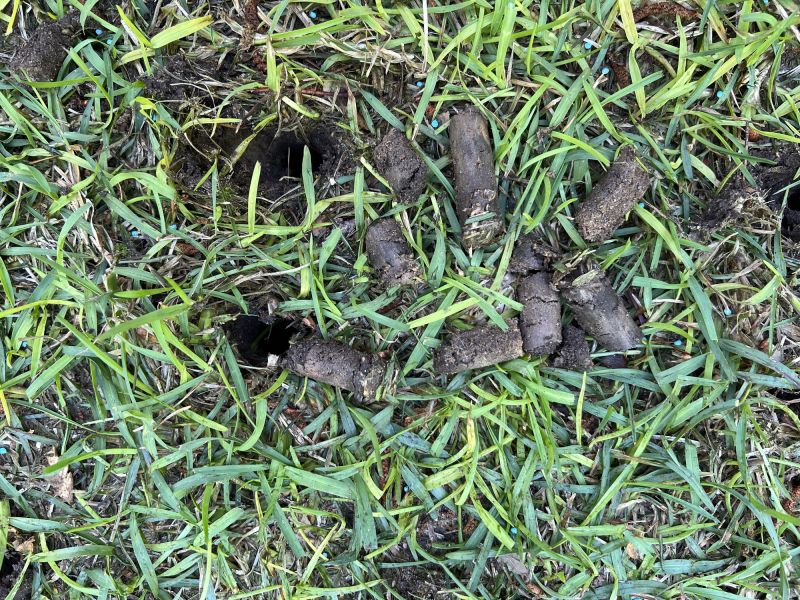
Removing soil plugs to loosen compacted soil and promote root growth.
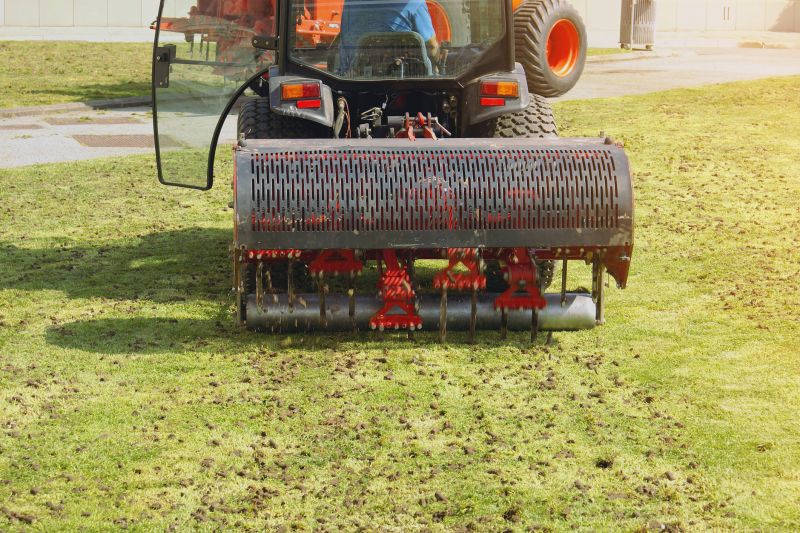
Preparation of machines designed for efficient residential lawn aeration.

Seeding or fertilizing after aeration to enhance lawn recovery.
| Benefit | Description |
|---|---|
| Improves Soil Health | Enhances aeration allows roots to access oxygen and nutrients more effectively. |
| Reduces Thatch Buildup | Breaks down organic matter, preventing thick thatch layers. |
| Promotes Root Growth | Stimulates deeper and stronger root development for a resilient lawn. |
| Enhances Water Absorption | Allows water to penetrate soil more efficiently, reducing runoff. |
| Prevents Soil Compaction | Relieves pressure on soil, enabling better root expansion. |
| Increases Lawn Density | Encourages thicker grass growth for a lush appearance. |

Soil cores left on the lawn surface indicating recent aeration.
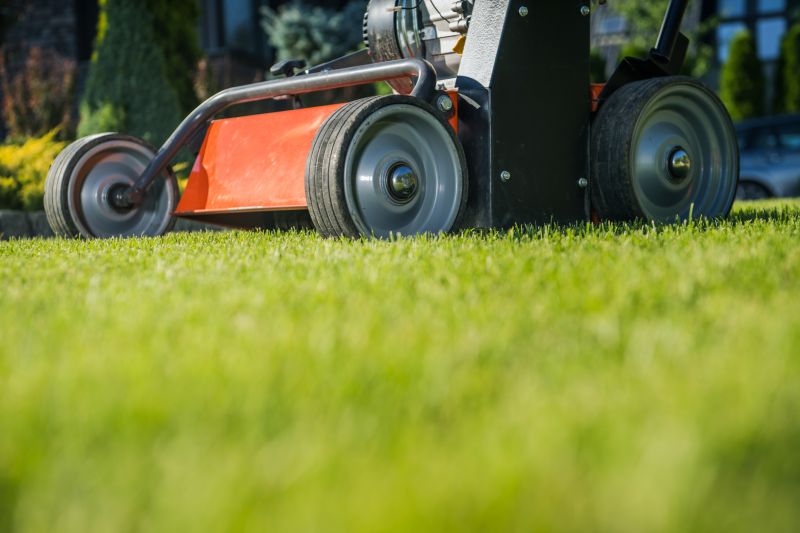
Different types of aerators suited for residential lawns.

Seeding following aeration to promote new grass growth.

Tools used for post-aeration lawn care and fertilization.

A thriving, aerated lawn with dense grass coverage.

A landscaper performing core aeration on a residential yard.
The process of lawn aeration typically begins with assessing the soil condition and choosing the appropriate aeration method, such as core or spike aeration. Core aeration involves removing small plugs of soil, which are then scattered across the lawn. This creates channels that allow air, water, and nutrients to reach the roots more efficiently. The equipment used can range from manual tools to motorized core aerators, depending on the lawn size and soil type. Aeration is most effective when performed during the active growing seasons, usually in spring or fall. After aeration, additional lawn care practices like overseeding or fertilizing can be applied to enhance recovery. Proper timing and technique are key to achieving a healthier, more vigorous lawn.
Hiring a residential lawn aeration landscaper ensures that the process is performed correctly and efficiently. Professionals have the experience and equipment necessary to handle different soil conditions and lawn sizes. They can identify the best timing for aeration and recommend complementary treatments such as fertilization or overseeding. Expert aeration minimizes lawn disturbance and maximizes benefits, leading to a thicker, greener yard. Additionally, professional services can help prevent soil compaction issues before they become severe, saving time and effort in the long run. Engaging a landscaper for aeration services is a proactive approach to maintaining a healthy and attractive residential lawn.
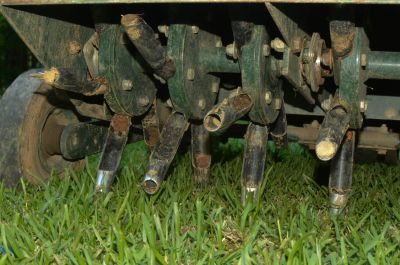
High-quality tools used by landscapers for effective soil perforation.

A professional landscaper working on a residential yard.
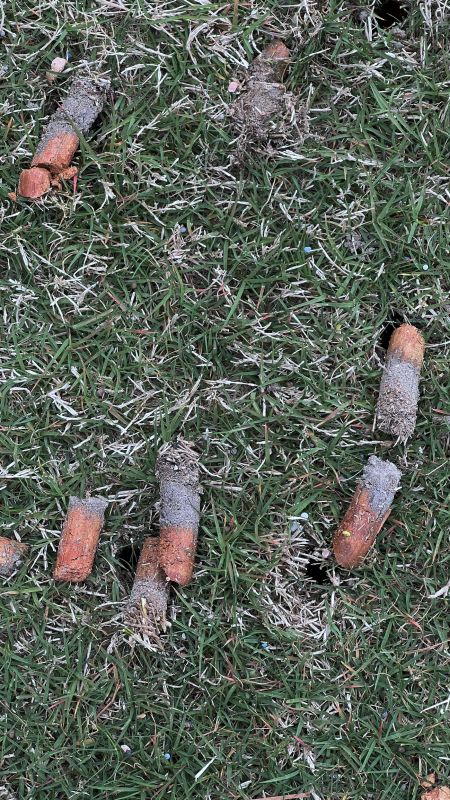
Applying fertilizers or overseeding after aeration for optimal results.
Regular residential lawn aeration supports long-term lawn health by improving soil structure and promoting vigorous growth. It helps lawns withstand drought and heavy foot traffic, maintaining their lush appearance throughout the seasons. Proper aeration combined with appropriate watering, fertilizing, and mowing practices ensures a resilient and attractive yard. Whether performed annually or as needed, aeration is a key component of effective lawn management. Professional lawn care providers can tailor aeration schedules to specific soil types and grass varieties, maximizing the benefits for each residential property.
Interested in enhancing the health and appearance of a residential lawn? Contact today to receive a tailored quote for professional lawn aeration services. Filling out the contact form provides an easy way to start the process of achieving a greener, healthier yard with expert assistance.



